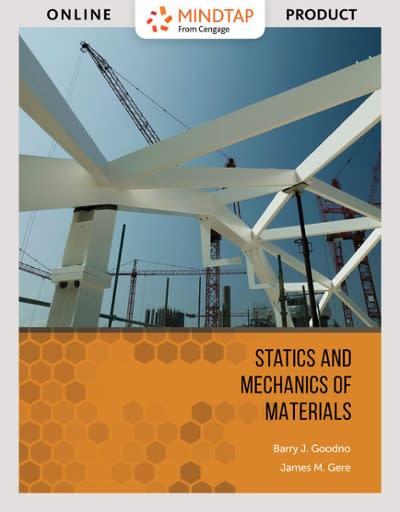Question
Question 1: Martina, aged 30, was a professional actor who did a lot of work doing voiceovers for television and acted on the stage regularly.
Question 1:
Martina, aged 30, was a professional actor who did a lot of work doing voiceovers for television and acted on the stage regularly. During a performance of 'The Pantomime of the Operetta', Martina fell off the stage and suffered a serious injury to her upper vertebrae. After several weeks in pain she was seen by Mr Patrick, one of the top consultant surgeons in his field, who advised Martina that there was a procedure which would alleviate the pain and allow her to return to work.
Martina was ecstatic at the news, and while a bit nervous about the prospect of surgery, she agreed to allow Mr Patrick to perform the operation. During the surgery Mr Patrick had a junior doctor, Dr M'Benga, assisting in the procedure. Mr Patrick was called away on an emergency shortly after he started cutting the incision into Martina's back, and he left Dr M'Benga to continue the incision and prepare for the next step. While preparing the area for treatment Dr M'Benga was rushing to impress Mr Patrick and ended up making a much deeper incision than was recommended, causing a spurt of blood which made Dr M'Benga flinch and the scalpel sliced through the back of the vocal chords. Realising what he had done, he had Mr Patrick paged immediately but it was too late. By the time Mr Patrick returned to the operating theatre 5 minutes later the vocal chords had been partially severed. After the surgery Martina's ability to talk was seriously affected and, as she was only able to speak in a pained whisper, she was unable to return to work as an actor.
Hanya was 35 weeks pregnant with her first child and went to see her Obstetrics-Gynaecologist, Dr Agarwal, for her regular check-up. Dr Agarwal believed that natural deliveries were far safer for both the mother and the child. While Dr Agarwal was aware that Hanya was only 150cms and had type 1 diabetes, which could give rise to some very rare complications such as dystocia (where the baby's shoulder gets stuck behind the pelvis which delays the birth), she was of the view that Hanya would be exposing herself and her baby to a much more significant risk of harm should she elect for a caesarean. As such, Dr Agarwal decided that she would avoid raising those issues but would answer such questions if Hanya asked them. Hanya expressed her desire to have a big family, and then asked specifically about the possibility of an episiotomy (an incision made to widen the opening for the baby), something which had happened to her mother when Hanya was born due to their both being very short. Dr Agarwal acknowledged that it was a risk, but that it really was the worst thing she could foresee happening.
During the birth the risk of shoulder dystocia manifested, and Hanya was unable to deliver the baby fully, and the baby was deprived of oxygen and blood for 3 minutes. Due to her small size the only option was to perform an emergency caesarean section during which Dr Agarwal had to cut through Hanya's womb in such a way that it has made it impossible for Hanya to ever gestate another child. Dr Agarwal knew that the risk of should dystocia occurring in a woman with diabetes was 10%, but that the risk of serious complications was only 0.2%.
Both Martina and Hanya wish to bring claims for the harms they have suffered and have come to you for legal advice. Present a legal argument, using the relevant legislation and case law, and outline the most likely outcomes to each scenario above.
Step by Step Solution
There are 3 Steps involved in it
Step: 1

Get Instant Access to Expert-Tailored Solutions
See step-by-step solutions with expert insights and AI powered tools for academic success
Step: 2

Step: 3

Ace Your Homework with AI
Get the answers you need in no time with our AI-driven, step-by-step assistance
Get Started


